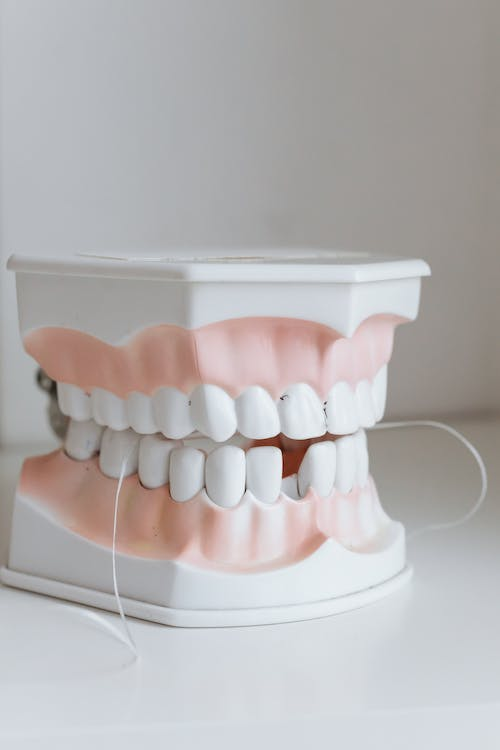A dry socket happens when your bones and nerves are left vulnerable after tooth extraction. Although a harmless side-effect of tooth removal, you can discuss the odds of this happening to you with the dentist during your dental examination.
Keep reading if you’re among the 3.5% who experience dry socket pain.
What is Dry Socket Pain?
A dry socket isn’t usually listed in tooth extraction complications because it’s rare. It happens when the clot that was supposed to form over the socket after the removal is never formed or formed but is somehow dislodged from its position, leaving the nerves and bone underneath exposed to the elements (bacteria, food particles, etc.).
The longer you let a dry socket be, the more painful and slow your tooth extraction recovery. Therefore, it’s important to come in for a follow-up while you’re still experiencing pain in the extraction site—the pain may radiate to nearby locations like the head and spine.
Dry Socket vs. Blood Clot: Checking with the Naked Eye
The blood clot should form over the hole left behind by the extracted tooth. It looks like any other scab, like a dark red formation. If you see a white area in its place, you’re most likely experiencing a dry socket.

Causes of Dry Socket
The following causes may increase your risk of dry socket, but they don’t directly cause the complication.
- Trauma due to a complicated removal.
- Taking birth control pills.
- Not brushing and flossing your teeth twice daily.
- Smoking and consuming sugary beverages.
- Swishing a liquid, like mouthwash, thoroughly enough to cause the clot to dislodge.
- Doing anything that pulls on the clot. For instance, using a straw.
Other Risk Factors
While you can do something about the causes, there’s not much you can do about the risk factors of a dry socket. Research suggests that women are more likely to experience a dry socket due to hormonal reasons.
Moreover, you’re more likely to experience this complication in the lower teeth because, according to the same study, people don’t clean their lower teeth as thoroughly as their upper teeth.
Early Signs of Dry Socket
Pain in the extraction site for up to three days after the extraction is the earliest sign of a dry socket. However, if you believe it’s normal post-extraction pain, watch out for other signs after 48 hours, like tenderness, halitosis, and a bad or strange taste in your oral cavity.
Book your dental examination in Royal Oak, MI, as soon as you experience the early signs. The only way to recover from a dry socket faster is to see a dentist for it. Our dentists in Royal Oak can provide an official diagnosis, prescribe pain medication, and suggest preventive measures to alleviate your pain and hasten recovery.
Schedule your appointment with our specialists today.


